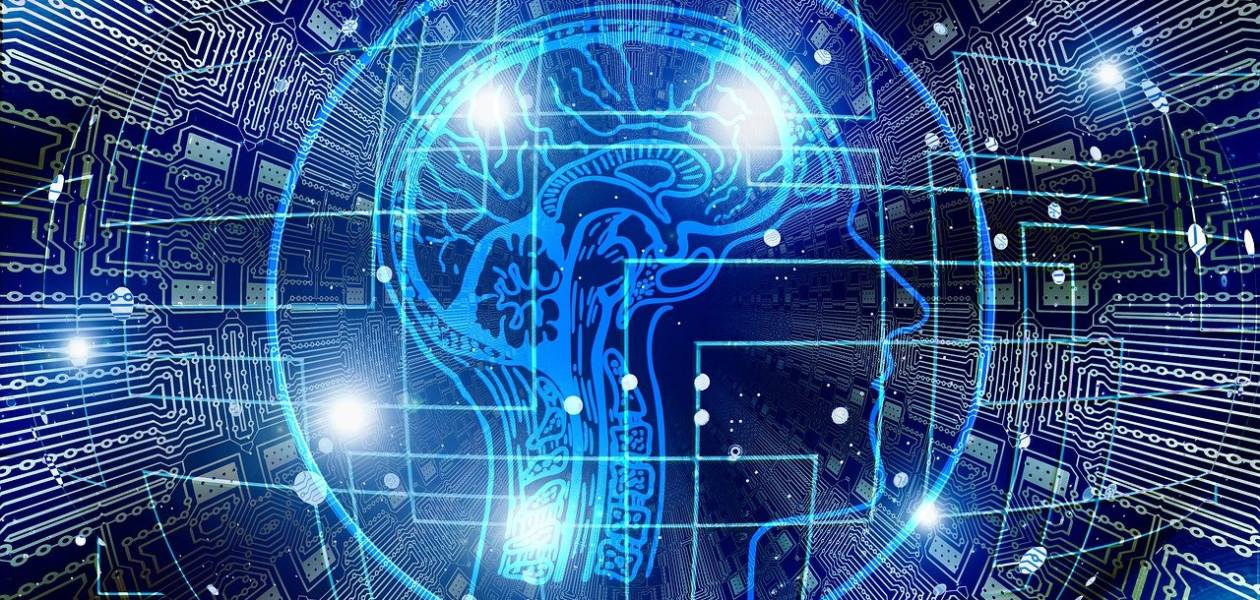
- The computational power required for sustaining AI's rise is doubling roughly every 100 days.
- It is imperative that we balance the progression of AI with the imperatives of sustainability.
- There are steps we can take immediately — and foundations that we can lay today that will pay dividends in the future — to manage AI and the green transition.
In an era where society stands in awe of the swift progress in Artificial Intelligence (AI), the environmental footprint of these advancements often remains overlooked. The significant ecological impacts of AI demand attention and action.
For AI to fulfill its transformative potential, offering unprecedented levels of productivity and enhancing societal well-being, it must evolve sustainably.
Central to this dilemma is the AI ecosystem's heavy energy demand, encompassing everything from hardware to training protocols and operational techniques.
AI and energy demand
Remarkably, the computational power required for sustaining AI's rise is doubling roughly every 100 days. To achieve a tenfold improvement in AI model efficiency, the computational power demand could surge by up to 10,000 times. The energy required to run AI tasks is already accelerating with an annual growth rate between 26% and 36%. This means by 2028, AI could be using more power than the entire country of Iceland used in 2021.
The AI lifecycle impacts the environment in two key stages: the training phase and the inference phase. In the training phase, models learn and develop by digesting vast amounts of data. Once trained, they step into the inference phase, where they're applied to solve real-world problems. At present, the environmental footprint is split, with training responsible for about 20% and inference taking up the lion's share at 80%. As AI models gain traction across diverse sectors, the need for inference and its environmental footprint will escalate.
To align the rapid progress of AI with the imperative of environmental sustainability, a meticulously planned strategy is essential. This encompasses immediate and near-term actions while also laying the groundwork for long-term sustainability.
The immediate view: reducing AI's energy demand today
Research is emerging about the actionable steps we can take today to align AI progress with sustainability. For example, capping power usage during the training and inference phases of AI models presents a promising avenue for reducing AI energy consumption by 12% to 15%, with a small tradeoff on time to finish tasks with GPUs expected to take around 3% longer.
Another impactful tactic is optimized scheduling for energy savings. Shifting AI workloads to align with times of lower energy demand — like running shorter tasks overnight or planning larger projects for the cooler months, in place where air conditioner usage is widespread — can also lead to substantial energy savings.
Finally, moving towards the use of shared data centres and cloud computing resources instead of individually commissioning private infrastructure can centralize computational tasks in collective infrastructures and reduce the energy consumption associated with AI operations. This can also lead to financial savings on equipment and potentially lower energy bills, especially when resources are strategically located in areas with lower energy costs.
The near-term: Harnessing AI for the energy transition
Beyond immediate measures, the near-term focus should be on harnessing AI's own capabilities to foster sustainability. AI, used right, can be a powerful tool for meeting the ambitious target of tripling renewable energy capacity and double energy efficiency by the decade's end, established in last year’s United Nations Climate Change Conference (COP28).
AI bolsters climate and energy transition efforts in myriad ways. It helps us with the development of new materials for clean energy technologies, for example, and with optimization of solar and wind farms. AI can help us bolster energy storage capabilities, improve carbon capture processes, enhance climate and weather predictions for better energy planning, and also catalyze novel breakthroughs in green energy sources like nuclear fusion.
By strategically harnessing AI to enhance our renewable energy landscape, the future of AI holds the promise of not only becoming green in its own operations but also aid in building a more sustainable world for generations to come.
The long-term: AI and quantum computing
In the long term, fostering synergy between AI and burgeoning quantum technologies is a vital strategy for steering AI towards sustainable development. In contrast to traditional computing, where energy consumption escalates with increased computational demand, quantum computing exhibits a linear relationship between computational power and energy usage. Further, quantum technology holds the potential of transforming AI by making models more compact, enhancing their learning efficiency and improving their overall functionality — all without the substantial energy footprint that has become a concerning norm in the industry.
Realizing this potential necessitates a collective endeavor involving government support, industry investment, academic research and public engagement. By amalgamating these elements, it is possible to envisage and establish a future where advancement in AI proceeds in harmony with the preservation of the planet's health.
As we stand at the intersection of technological innovation and environmental responsibility, the path forward is clear. It calls for a collective endeavor to embrace and drive the integration of sustainability into the heart of AI development. The future of our planet hinges on this pivotal alignment. We must act decisively and collaboratively.
Article written by :
- Beena Ammanath - Board Member, Centre for Trustworthy Technology
Sources : World Economic Forum
Posted on 2024-06-06 17:38








Comments